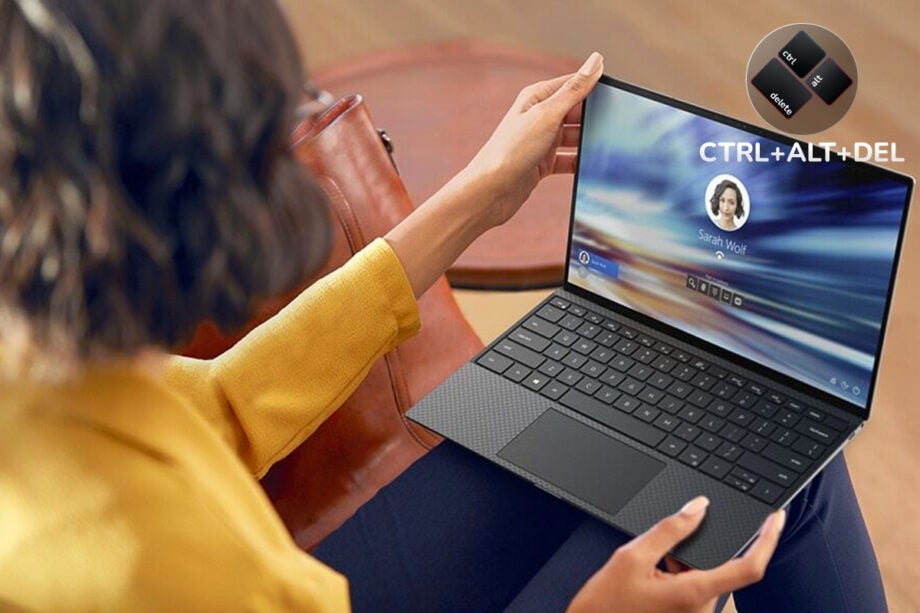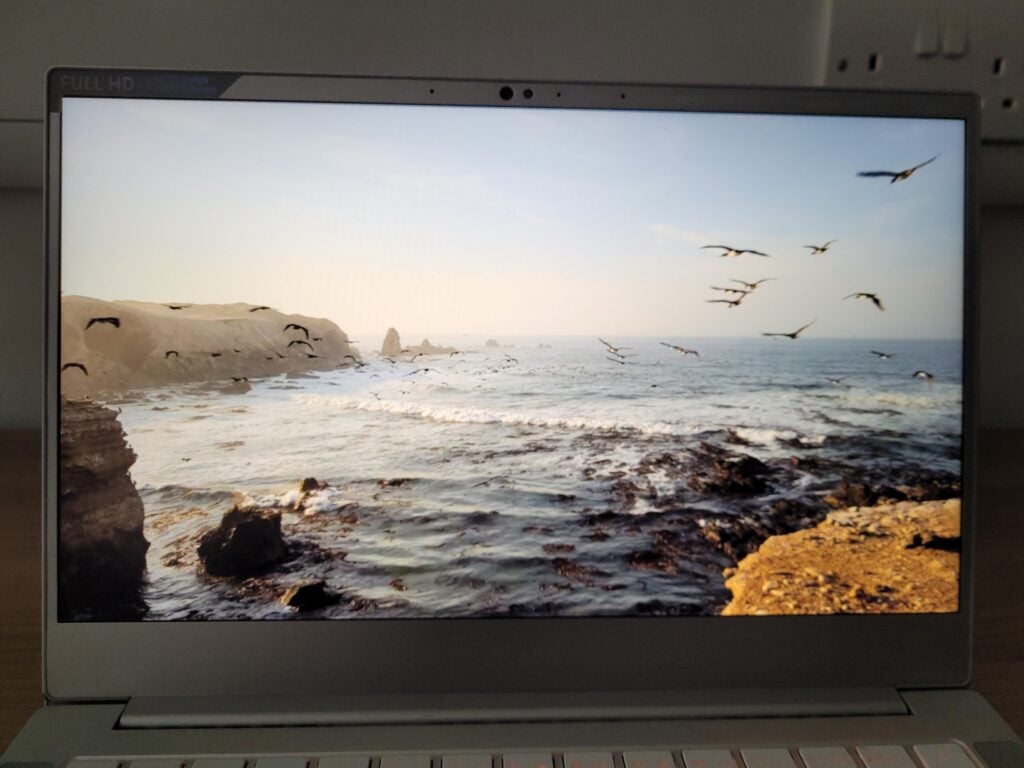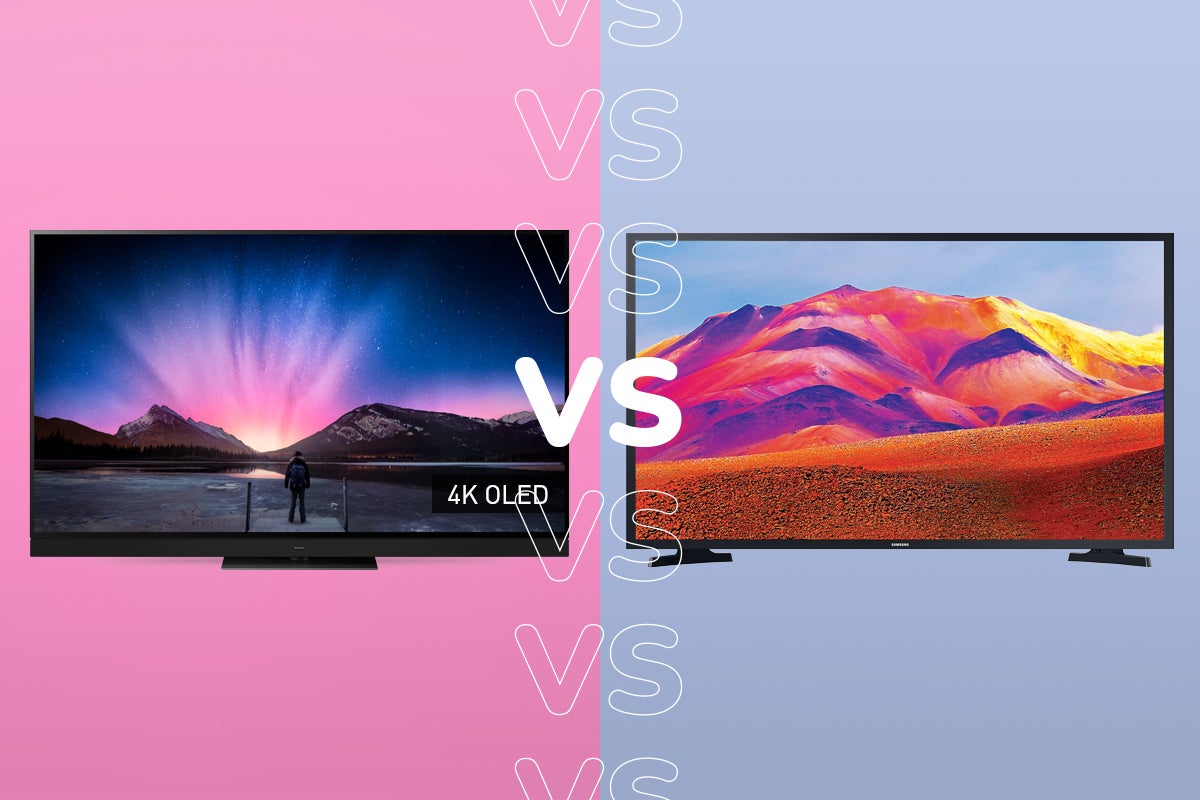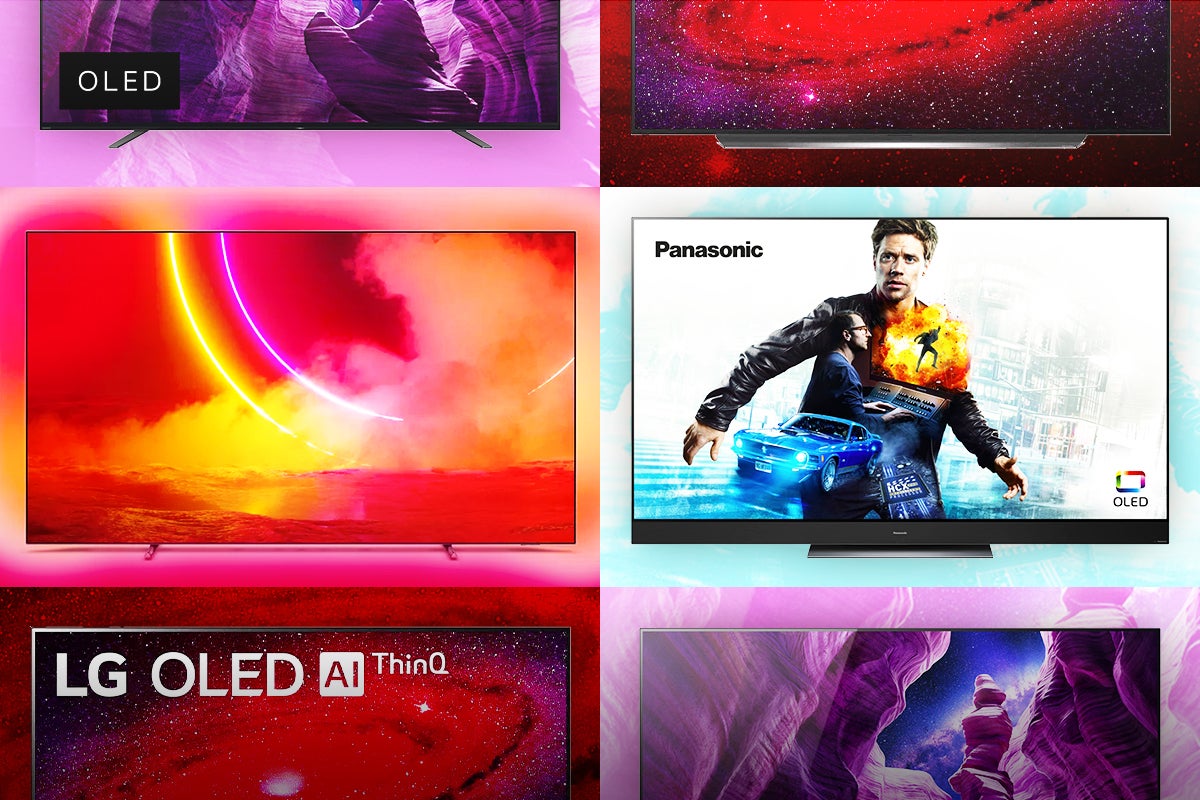Ctrl+Alt+Delete: Don’t expect better battery life with OLED laptops

It looks like the next big trend in laptops could be OLED screens, with Dell recently embracing the technology for the XPS 13 ultrabook.
OLED screens offer many benefits, achieving better contrast and colour accuracy than most standard LCD displays. This is because every individual pixel can produce its own light rather than relying on a backlight – a pixel can even be turned off to create authentic on-screen blacks.
It’s also widely known that OLED screens can technically help devices save on battery life, conversing energy when multiple pixels are turned off for long stretches of time. It makes sense in theory, but our Mobile Phone expert, Max Parker, says he rarely notices a difference in battery life for OLED smartphones. But what about laptops?
I was hoping the Dell XPS 13 OLED would see a boost to the battery life compared to the previous model. But interestingly, the battery life was actually worse than that of the Dell XPS 13 LCD version.
| Dell XPS 13 OLED | Dell XPS 13 LCD | |
| Processor | Intel Core i7-1185G7 | Intel Core i7-1165G7 |
| Resolution | 3456 x 2160 | 3840 x 2400 |
| Brightness | 150 nits | 150 nits |
| Battery life (PCMark 10 test) | 7 hours and 22 minutes | 9 hours and 52minutes |
Both laptops have a similar processor and were tested with the same 150-nit brightness level, yet the OLED still saw a worse battery-life figure. The Dell XPS 13 LCD even has a higher resolution, which makes things even more peculiar since the pixel count can have a big impact on battery.
After doing a quick look around the web, I found that other publications such as Wired have seen similar results. But why is this the case?
Well the first thing to consider is that the battery benchmark test simulated a number of video chats, word documents and spreadsheets, all of which feature lots of white space. OLED screens only save on battery when showing the colour black, but there are a lot of bright colours when browsing the web, whether you’re on news websites, browsing through photos on Instagram or watching a YouTube video.
Of course, you could set all of your web browsers and apps to dark mode to counteract this, but as LaptopMag points out, that seemingly only improves the battery life by 10 minutes, which is hardly worth the effort.
There could be many other factors in play here. Perhaps the OLED panel simply isn’t as efficient as an LCD screen when displaying bright colours. After all, OLED technology is still in its infancy in the laptop industry, while the likes of Dell have been using LCD panels for ages. Manufacturers may just need more time to get to grips with OLED in order to make them just as efficient.

On left: Razer Blade Stealth. On right: Dell XPS 13 OLED
Of course, this is the result of one laptop, so I don’t want to start suggesting OLED screens are worse than LCD counterparts when it comes to laptop battery life. But I think it’s safe to say that OLED screens don’t provide the battery-boosting perks that we all hoped for, at least not to the extent to make a worthwhile difference.
In my experience, the resolution of a laptop is far more influential on the battery life, and an OLED panel is not capable of counteracting the battery loss when upgrading from Full HD to 4K.
Let’s be clear though, OLED screens are still fantastic. The improvements they see to the likes of contrast and colour accuracy is remarkable, making an even greater impact to picture quality than a boost in resolution. So if you’re looking to buy an OLED laptop for the sole purpose of improving the picture quality, then go for it – just don’t expect it to boost the battery life.
Ctrl+Alt+Delete is our weekly computing-focussed opinion column where we delve deeper into the world of computers, laptops, components, peripherals and more. Find it on Trusted Reviews every Saturday afternoon.





